An EPIC weekend of exploration into ancient astronauts, extra terrestrials, human origins, crop circles, UFO sightings, false flags, anti-gravity machines, secret space program, animal mutilations, alien abduction, cosmic disclosure, contact experiences and the need to know.
Category: alien life – Page 152

We are live today from the SETI Institute to discuss the role artificial intelligence is playing in the search for life in the universe
Seti using #AI to find ET.
Join IBM’s Graham Mackintosh, SETI Institute CEO Bill Diamond, and SETI Institute Board of Trustees member Jonathan Knowles as we talk about using machine learning to help better understand the volumes of data collected by the SETI Institute Allen Telescope Array.
Amazon Web Services plays role in NASA’s first ultra-HD live video from space
NASA astronaut Peggy Whitson stars in the highest-resolution video ever broadcast live from the International Space Station, bur Amazon Web Services plays a supporting role.
Wednesday’s 4K ultra-high-definition live stream, set to start at 10:30 a.m. PT (1:30 p.m. ET), makes use of a UHD-capable video encoder from AWS Elemental that was sent up to the space station just last December aboard a Japanese cargo craft.
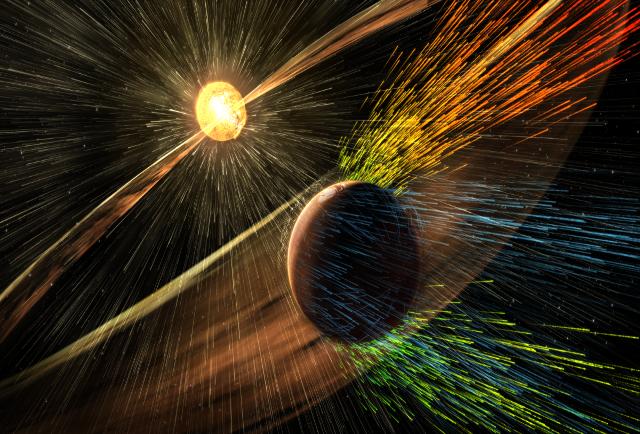
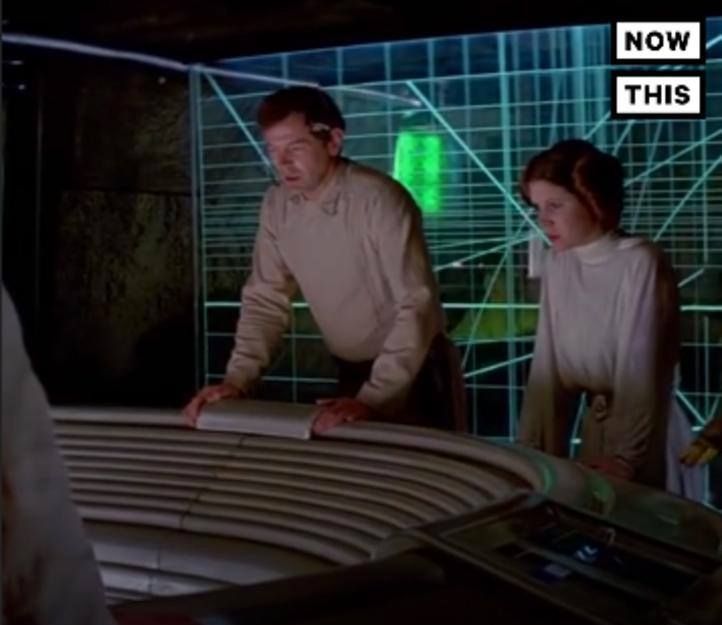
The Military is Prepping for Space Wars
Excellent idea! but we need to point the weapons away from earth to shoot down Asteroids / bad aliens and form The Earth Defense Directorate. (The Earth Defense Directorate is the ficticious unified military command of the planet Earth in the 25th century. (Buck Rogers) It encompasses both ground forces (who wear white uniforms and use traditional army ranks, such as Major and Colonel) and a naval force which operates Earth’s starships (such as the Searcher) and whose officers and crew wear blue uniforms and have naval ranks.)
The U.S. military is preparing for IRL Star Wars.
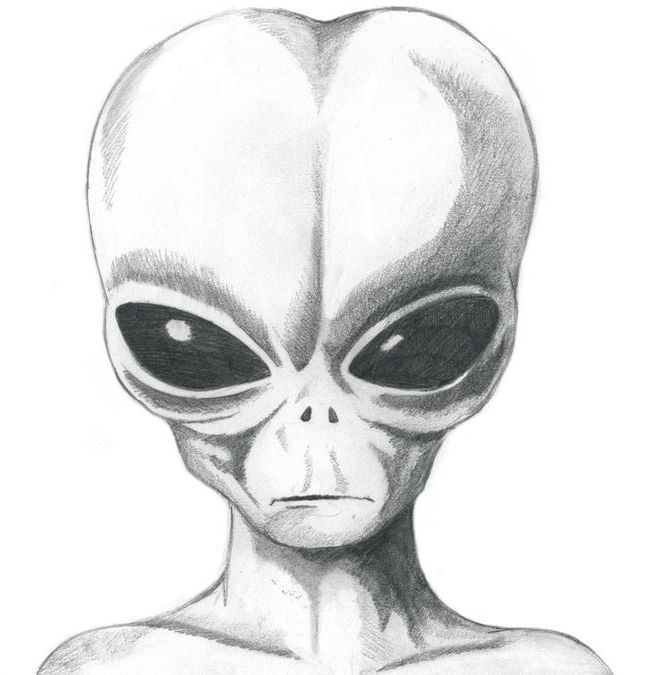
Report: Majority Of UFO Abductions Committed
WASHINGTON—Challenging commonly held misperceptions, the U.S. Department of Justice published a report this week revealing that the vast majority of UFO abductions are perpetrated by aliens a person knows rather than extraterrestrials unfamiliar to victims. “The popular notion of UFO abductions is of a person being beamed up into the sky by strange, hostile beings from Sirius or Andromeda, but the reality is that most of these abductions are committed by an extraterrestrial acquaintance the victim trusts and feels comfortable around,” DOJ spokesman Devin Shane said of the estimated 2,800 reported victims of UFO abduction last year, many of whom were taken against their will into an advanced spacecraft and subjected to psychological experiments and medical examinations by nonhuman entities they already knew through family or friends. “While it’s true that a significant number of abductions are still carried out by extrasolar reptilian beings with planetary invasion-related motives, data shows that known relationships with extraterrestrials are by far the greater danger to civilians, with many aliens committing abduction for personal reasons, such as indulging their own cravings for power, control, or revenge, or siphoning human energy from host bodies in order to replicate.” Officials noted, with a degree of optimism, that evidence now shows only 10 percent of all UFO abductions result in aliens impregnating the victim with thousands of eggs.
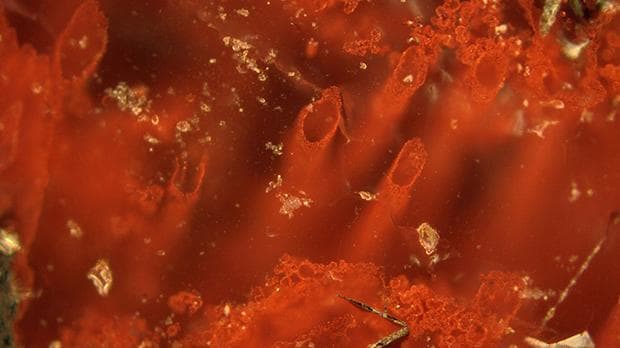
Oldest fossil ever found on Earth shows organisms thrived 4.2bn years ago – and provides strongest evidence yet for similar life on Mars
It’s life, but not as we know it. The oldest fossil ever discovered on Earth shows that organisms were thriving 4.2 billion years ago, hundreds of millions of years earlier than previously thought.
The microscopic bacteria, which were smaller than the width of a human hair, were found in rock formations in Quebec, Canada, but would have lived in hot vents in the 140F (60C) oceans which covered the early planet.
The discovery is the strongest evidence yet that similar organisms could also have evolved on Mars, which at the time still had oceans and an atmosphere, and was being bombarded by comets which probably brought the building blocks of life to Earth.
Newly-found star system has 7 Earth-like planets and 3 may host life
The planets were discovered orbiting a dwarf star known as Trappist-1, which is 39 light years from Earth. The international group of researchers claim they will know if life exists there within a decade.
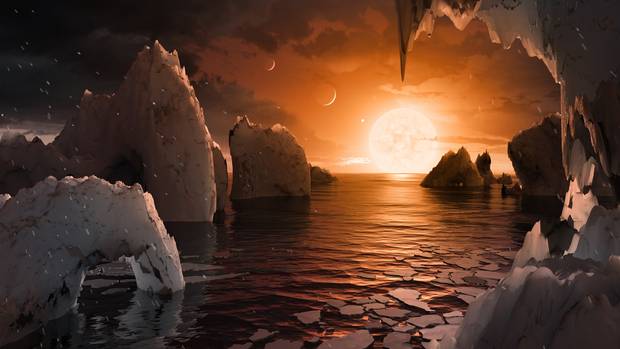
Astronomers excited by bonanza of Earth-sized planets nearby
Three of the planets fall within a temperature range that should allow water to exist on their surfaces – a placement that is sometimes referred to as “the Goldilocks zone” because it is neither too hot nor too cold. Given the right sort of atmosphere, water could also be present on three of the others.
Astronomers say a solar system 39 light-years from Earth’s harbours seven Earth-sized planets, at least three of which are in the temperature sweet spot where water (and potentially life) is possible.

Astronomers discover 7 Earth-sized planets orbiting nearby star
It’s a trap(PIST-1)! 😉
“The seven exoplanets were all found in tight formation around an ultracool dwarf star called TRAPPIST-1.”
Astronomers have found at least seven Earth-sized planets orbiting the same star 40 light-years away, according to a study published Wednesday in the journal Nature. The findings were also announced at a news conference at NASA Headquarters in Washington.
This discovery outside of our solar system is rare because the planets have the winning combination of being similar in size to Earth and being all temperate, meaning they could have water on their surfaces and potentially support life.
“This is the first time that so many planets of this kind are found around the same star,” said Michaël Gillon, lead study author and astronomer at the University of Liège in Belgium.